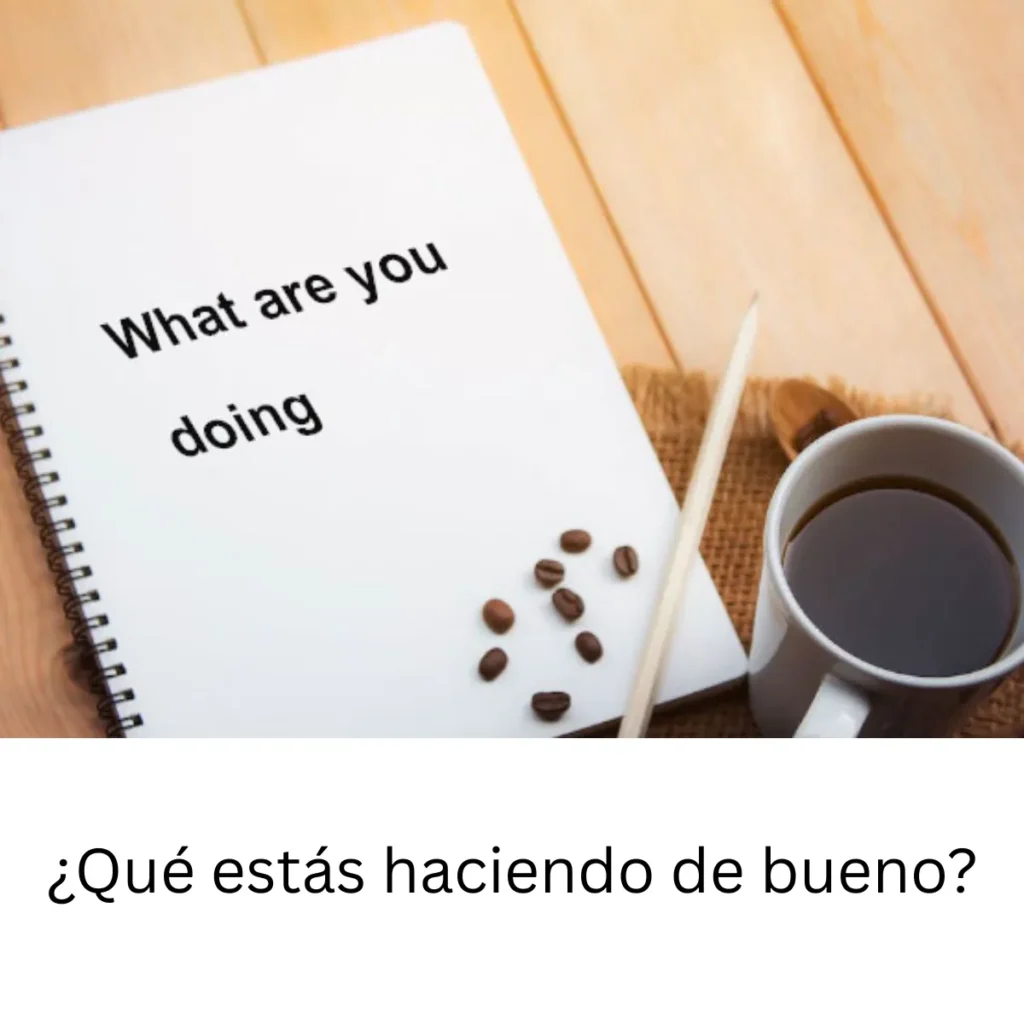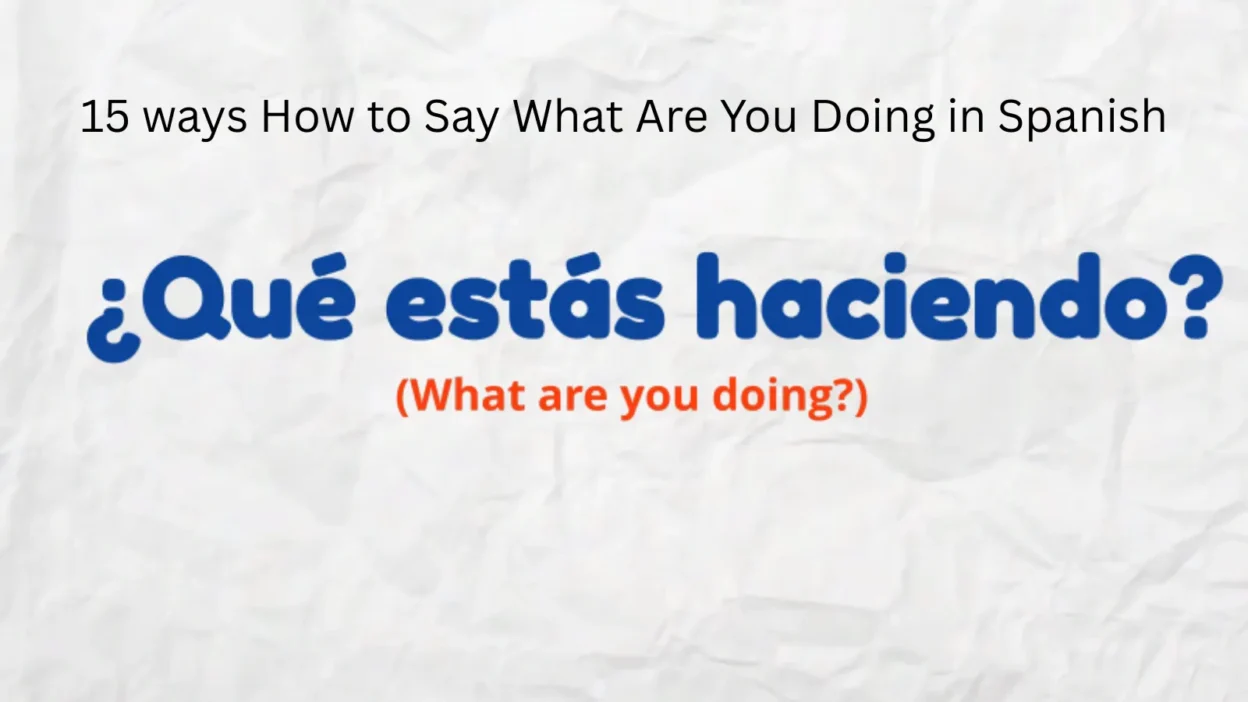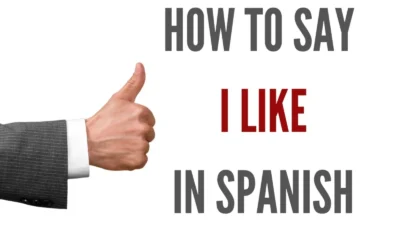Learning 15 ways how to say what are you doing in Spanish can make your conversations more engaging, natural, and culturally connected. Whether you’re chatting with friends, checking in on someone, or simply curious about their activities, knowing different ways to ask “What are you doing?” in Spanish helps you sound more fluent and confident.
From casual phrases to polite expressions, Spanish offers a variety of ways to convey this question depending on the situation. In this guide, you’ll discover 15 ways how to say what are you doing in Spanish, their meanings, and how to use them effectively in real conversations.
By mastering what are you doing in Spanish phrases, you’ll not only improve your Spanish skills but also connect more authentically with native speakers. Plus, using the right expression at the right time will make your interactions sound more friendly and natural.
What are you doing Examples & Origin
Here are 15 authentic and useful ways to say “What are you doing?” in Spanish, complete with dialogue examples and cultural insights to help you speak naturally and confidently.
1. ¿Qué estás haciendo? (What are you doing?)
Origin:
This is the most direct and grammatically correct translation. It uses the present progressive tense—common in Latin American Spanish.
Example:
👤 Persona A: ¿Qué estás haciendo?
👤 Persona B: Estoy cocinando la cena.
Use: Neutral, everyday use across Latin America.
2. ¿Qué haces? (What do you do? / What are you doing?)

Origin:
Though it literally means “What do you do?”, in context it often means “What are you doing?” in Spanish.
Example:
👤 Persona A: ¡Hola! ¿Qué haces?
👤 Persona B: Nada, solo viendo una serie.
Use: Informal and super common in Spain and Latin America.
3. ¿Qué andas haciendo? (What are you up to?)
Origin:
Common in Mexico and other parts of Latin America, using andar (to walk/go about) adds a casual vibe.
Example:
👤 Persona A: ¿Qué andas haciendo esta tarde?
👤 Persona B: Pues, pensando en salir a caminar.
Use: Chill and friendly.
4. ¿Qué estás haciendo ahora? (What are you doing right now?)

Origin:
Adding “ahora” emphasizes immediacy. It’s clear and polite.
Example:
👤 Persona A: ¿Qué estás haciendo ahora?
👤 Persona B: Estoy trabajando, ¿por qué?
Use: Slightly more formal; good for clarity.
5. ¿Qué hay? (What’s up? / What’s going on?)
Origin:
A very casual way of checking in. Similar to “What’s new?”
Example:
👤 Persona A: ¡Ey! ¿Qué hay?
👤 Persona B: Todo bien, solo descansando.
Use: Slangy and informal; popular in Spain.
6. ¿Qué estás haciendo, pues? (So what are you doing?)
Origin:
“Pues” adds a conversational filler common in Mexico and Colombia.
Example:
👤 Persona A: ¿Qué estás haciendo, pues?
👤 Persona B: Aquí, viendo TikTok.
Use: Casual, adds emphasis or curiosity.
7. ¿Qué estás haciendo ahorita? (What are you doing right now?)
Origin:
“Ahorita” is a Mexican Spanish word meaning “right now”—though it can also mean “in a little bit” depending on tone.
Example:
👤 Persona A: ¿Qué estás haciendo ahorita?
👤 Persona B: Nada importante, dime.
Use: Common in Mexican Spanish.
8. ¿Qué hacés? (What are you doing?) [Rioplatense]

Origin:
Used in Argentina and Uruguay with vos instead of tú. Notice the accent in hacés.
Example:
👤 Persona A: Che, ¿qué hacés?
👤 Persona B: Estoy tomando mate.
Use: Informal, regional (Argentina, Uruguay).
9. ¿Qué estás haciendo, cariño? (What are you doing, honey?)
Origin:
Adding an affectionate word like cariño makes the phrase more intimate.
Example:
👤 Persona A: ¿Qué estás haciendo, cariño?
👤 Persona B: Pensando en ti.
Use: Romantic or affectionate.
10. ¿Qué haces por aquí? (What are you doing around here?)
Origin:
Used when you unexpectedly see someone in a place you didn’t expect.
Example:
👤 Persona A: ¡Hola! ¿Qué haces por aquí?
👤 Persona B: Vine a visitar a unos amigos.
Use: Friendly surprise or curiosity.
11. ¿Qué estás haciendo de bueno? (What good are you doing?)

Origin:
A casual twist often used in Caribbean and some South American regions.
Example:
👤 Persona A: ¿Qué estás haciendo de bueno hoy?
👤 Persona B: ¡Comiendo pastel! ¿Y tú?
Use: Light, playful way to ask.
12. ¿Qué estás haciendo tú? (What are YOU doing?)
Origin:
Adding tú adds emphasis, often for comparison or surprise.
Example:
👤 Persona A: Yo trabajo en la casa, ¿y tú? ¿Qué estás haciendo tú?
👤 Persona B: Estoy en el parque con los niños.
Use: Emphatic or contrastive.
13. ¿Y tú qué haces? (And what are you doing?)
Origin:
Used to turn the question back on someone, often after being asked first.
Example:
👤 Persona A: Estoy viendo una peli. ¿Y tú qué haces?
👤 Persona B: Yo cocino la cena.
Use: Friendly back-and-forth.
14. ¿Qué haces ahora mismo? (What are you doing right this moment?)
Origin:
“Ahora mismo” is stronger than “ahora”, emphasizing “this exact moment.”
Example:
👤 Persona A: ¿Qué haces ahora mismo?
👤 Persona B: Estoy en una videollamada.
Use: Very precise or urgent tone.
15. ¿Qué estás haciendo en este momento? (What are you doing at this moment?)
Origin:
Used in both formal and poetic contexts, sometimes to show seriousness.
Example:
👤 Persona A: ¿Qué estás haciendo en este momento importante?
👤 Persona B: Estoy tomando una decisión grande.
Use: Formal or meaningful situations.
Conclusion:
💡 Mastering 15 ways how to say what are you doing in Spanish will make your conversations sound more natural, confident, and culturally authentic. Whether you’re speaking with friends, co‑workers, or new acquaintances, using the right phrase for the situation helps you build stronger connections and show genuine interest.
By practicing these expressions regularly, you’ll improve your listening and speaking skills while sounding more like a native speaker. Remember — knowing what are you doing in Spanish in different forms is a simple but powerful way to keep conversations flowing and engaging.



